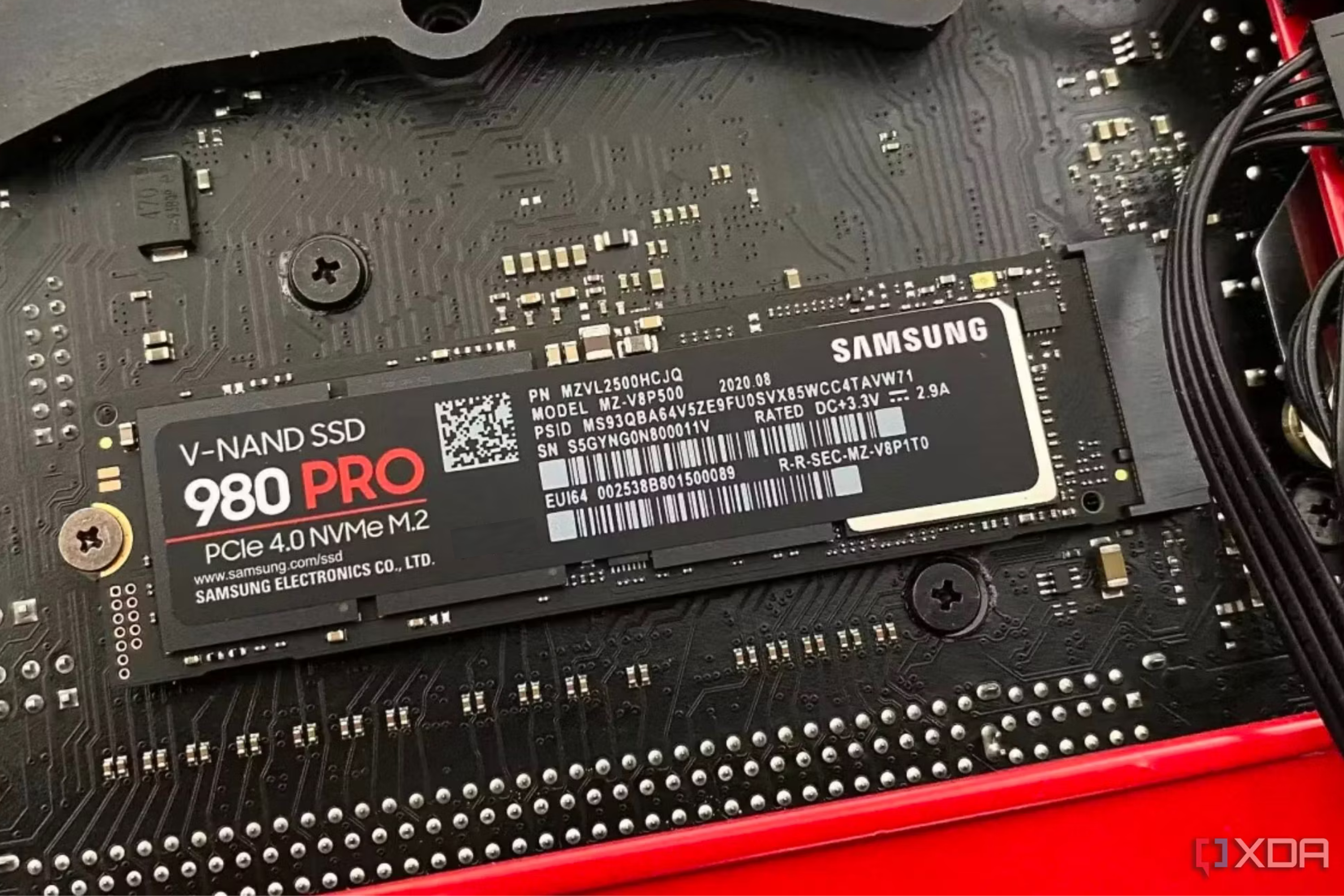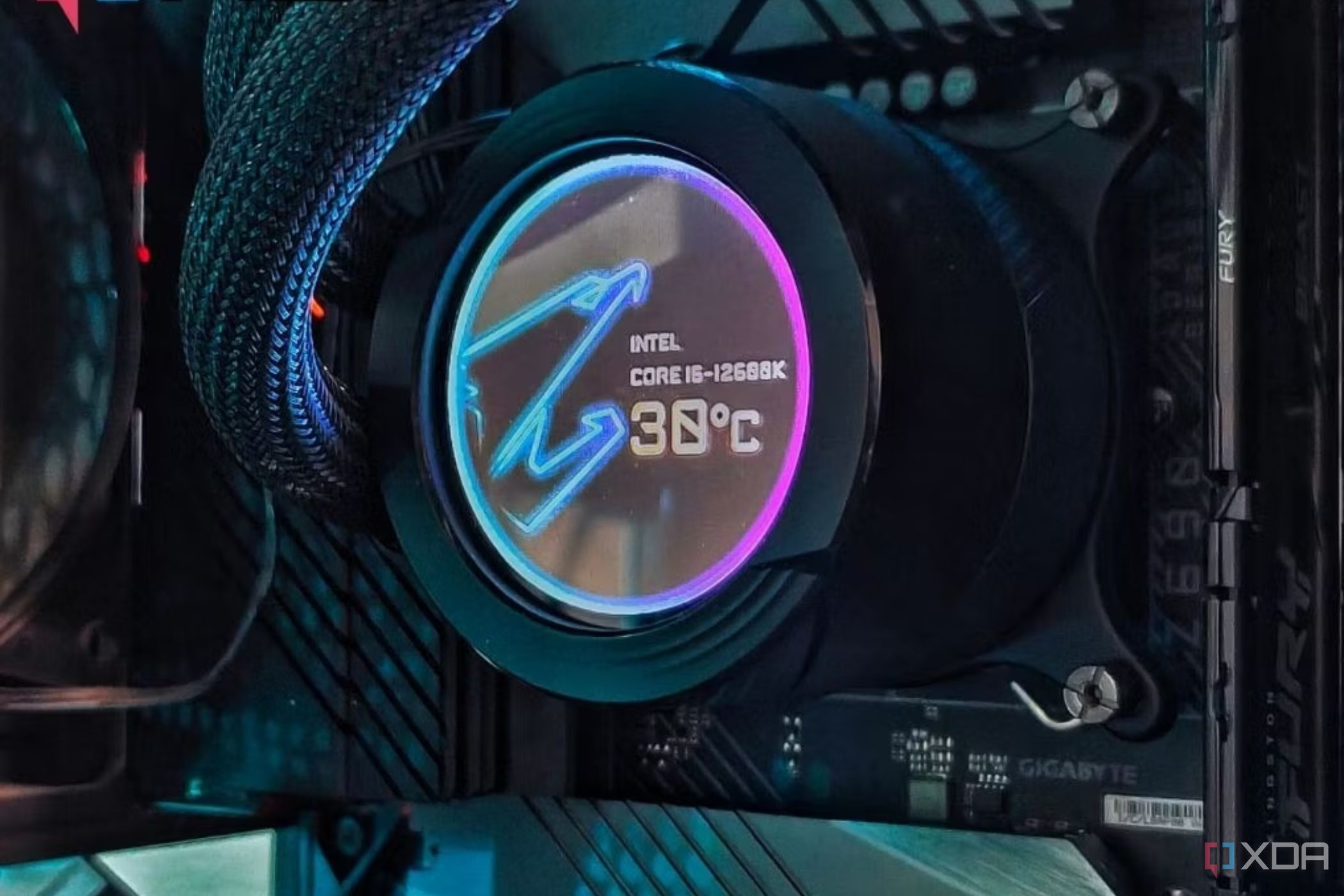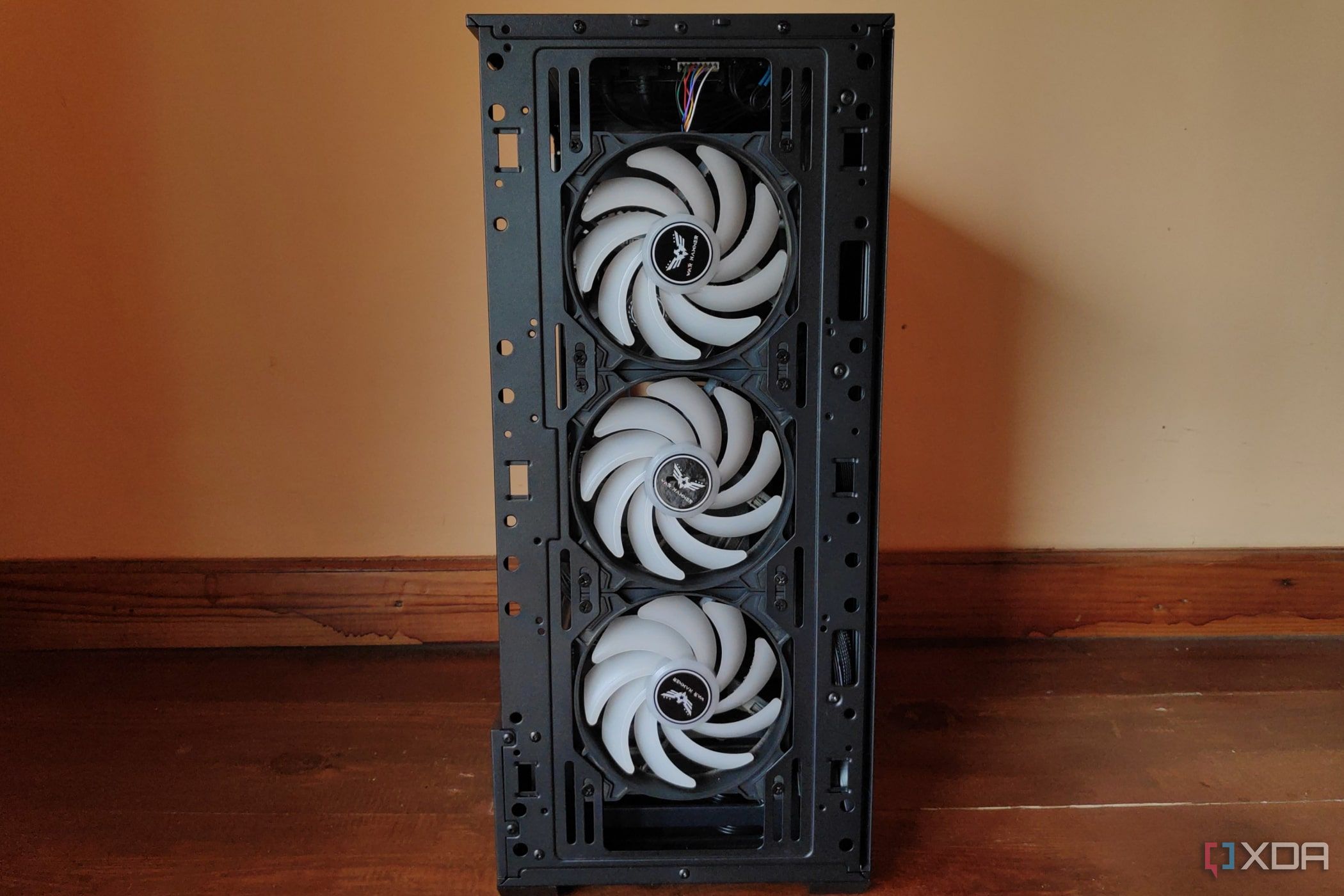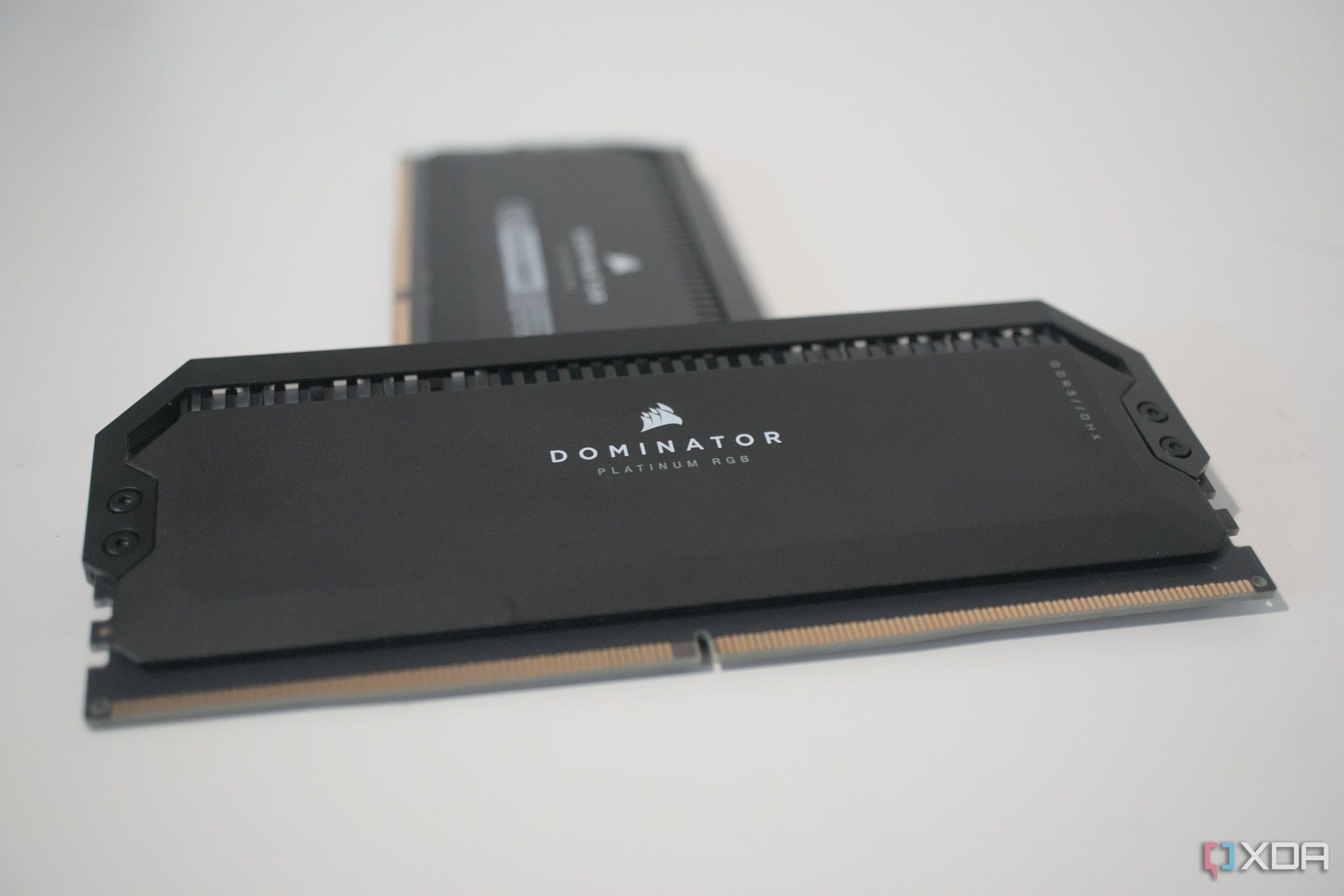Building a PC is often considered to be an “adult LEGO” activity, but it can sometimes be a tad intimidating, especially for a first-time builder. Even if you manage to get a great PC parts list from a friend, subreddit, or YouTuber, you still need to assemble everything without making mistakes that could cost hundreds of dollars or more to fix.
Suppose you manage to put everything together perfectly, and avoid the dreaded “no boot on the first try” curse. You could still encounter issues that seem huge, or get obsessed with things that don’t add much to the experience of enjoying your PC. I’m here to share 6 such issues and obsessions that you need not worry too much about, especially not on your first build.
Related
10 mistakes you should not make when building a new PC for the first time
Look out for these common mistakes before you start working on your new PC
6
Perfect cable management
It’ll probably suck on your first try
Cable management and the art of having a pretty backside for your PC will have benefits, no doubt. It indicates finesse and attention to detail on the part of the builder, keeps things organized for troubleshooting, and just looks better than simply stuffing an entire cable jungle between the case and the back of the motherboard. However, people seem to take cable management way too seriously, despite there being countless other aspects of the build you could be worrying about.
Even if you do a shoddy job of managing the cable jungle on your first few builds, no one is going to blame you (except some purists on Reddit). Whether you achieve perfect cable management or do a barely-decent job of it, no one is going to see it, unless you click photos and post them online in hopes of getting roasted. As long as you route everything nicely on the front (the side that matters the most) and don’t strain or pinch any cables behind the motherboard, you should be fine.
Cable management is something that only gets better the more PCs you build. You’ll most likely invest in one of the best PC cases the next time around, getting access to more cable management features to make your job easier. And you will also naturally want to do a better job of tidying up things at the back, even if you’re the only one who’s going to be looking at it (once or twice a year).
5
SSD not detected
Calm down, it just needs to be initialized
This is one of those issues that can wrongly convince you that your new PC is broken. While you don’t need to initialize your primary SSD to be able to install Windows on it, a secondary drive might not be detected on your system without initialization. You might think that the drive is faulty, or you did something wrong while installing it on the motherboard, but in all likelihood, all it needs are a few clicks in Disk Management.
Once you boot into Windows, press Windows + X, and select Disk Management. Right-click on the correct SSD from the list of drives, and select Initialize Disk. Select GPT (ideally) or MBR for the partition type, and click OK to start the initialization. Once the process is complete, your SSD will be instantly recognized by Windows and visible in File Explorer. You can now use it as you would use any other storage drive.
This simple process can save you from needless frustration and panic, and is something that needs to be done on every new SSD before use (except when you’re installing an operating system on it directly).

Related
5 reasons you need a second SSD in your PC
If you’re on the fence about getting a second SSD in your PC, then let this list convince you to get one.
4
High idle CPU temperature
It’s most likely within spec
Checking the CPU temperature is probably one of the things you’ll do immediately after booting to the desktop for the first time. There can be a lot of anxiety about CPU temps and overheating, especially if you’ve been spending hours on Reddit in the pre-build phase. If you actually find your CPU running too hot, say, around 60℃ at idle, you might be inclined to think that something is wrong.
Maybe you’re wondering if your CPU cooler isn’t up to the task, or if it’s due to cheap thermal paste, or even if you installed the CPU cooler incorrectly. None of these are pleasant thoughts to have, but fortunately, the answer (in most cases) is that the CPU is designed to run hot. Modern CPUs run way hotter than chips from just a couple of generations ago. If you move from an older platform to a new one, you might find the high idle temp abnormal, which is actually normal.
As long as you don’t have the CPU temps touching the mid-80s or 90s at idle, everything is working as it’s supposed to. Your case is not starved of airflow, you don’t have a lack of case fans, and your thermal paste is not the problem. On the other hand, if you’re experiencing thermal throttling even at mild loads, or simply seeing temps in the 80s or 90s at idle, remove your CPU cooler, reapply the thermal paste, and reinstall the cooler properly.

Related
How hot is too hot for a CPU: Understanding the operating temperature of your processor
CPUs tend to run hot, especially the modern ones with higher power limits. But just how hot is too hot to handle?
3
Fans running at full speed
Just a temporary annoyance
Just like high idle CPU temps, fans running at full blast is a common sight on a brand-new build. While you might not like your shiny new PC sounding like an aging PS4, especially when nothing demanding is running, this behavior isn’t really a fault with the system. Without properly configuring your fan curves, you can’t expect your CPU fan, GPU fans, and case fans to run optimally, i.e. whisper-quiet most of the time and ramping up only when needed.
There are a number of ways to do this. You can either pick the old-fashioned way, by configuring the fan behavior you want for each of your fans using the BIOS settings, or use a program like Fan Control for advanced settings. Fan Control will even allow you to sync multiple fan curves together so they can talk to each other, giving you enormous control over which curve kicks in at which temperature.
While you can use Fan Control to configure each of the fan curves on your PC, programs like MSI Afterburner can also be used for the GPU. Motherboard manufacturers usually have proprietary programs for controlling the CPU fan, and depending on your case and case fans, you might also have a manufacturer program for those.

Related
PC airflow guide: How to strategically set up your case fans
You’ll need to set up proper airflow inside your PC case for optimal cooling. This guide will show you how.
2
Multiple boot cycles after setting XMP/EXPO
No, your PC is not dying
XMP and EXPO help you run your RAM at the advertised speed by dialing in pre-configured profiles in the BIOS. When you finish building your PC and enter the BIOS for the first time, you’ll find your RAM speed much lower than what it’s rated for. Once you find the right XMP (Intel) or EXPO (AMD) setting and enable it, your PC will restart and will probably do it multiple times before you can successfully boot to the desktop.
This behavior can seem odd and faulty to the uninitiated builder, leading them to conclude that their PC has encountered a grave error. However, all that’s happening is memory retraining, as the system gets adjusted to the new memory frequency and timings. Depending on your motherboard, CPU, and memory kit, the new XMP/EXPO setting you selected might not work, and the system will either revert to the default settings or land you back in the BIOS to try again.
If you’re trying to boot with particularly high-speed memory, or you have populated all four RAM slots on the motherboard, or your CPU and motherboard don’t support your memory kit, you might not be able to run your memory at its maximum rated speed. In such cases, you’ll have to settle for a lower setting in the BIOS that the hardware is comfortable with.

Related
How to easily overclock RAM without BIOS
If you have an AMD Ryzen CPU, overclocking your RAM can be quite simple with Ryzen Master
1
Overclocking the CPU and GPU
Don’t overburden your brain
Overclocking used to be huge a few years ago, when PC enthusiasts managed to extract significant gains by running their CPUs and GPUs over the stock settings. In 2025, however, overclocking isn’t relevant anymore, at least for the majority of users. If you think you’ll lose out on performance if you don’t overclock your CPU on your new build, I’m glad to inform you that your fears are misplaced.
Modern CPUs and GPUs are already designed to run near their maximum potential out of the factory, and any gains that you could extract from overclocking aren’t worth the time and effort. Overclocking your GPU is comparatively simpler, but you might not get any significant FPS increase in your games. Spending hours tweaking voltage, power, and frequency settings for negligible gains shouldn’t keep you up at night.

Related
Why it no longer makes sense to overclock your processor
Modern CPUs offer excellent performance from the factory
Not every issue on your new PC is your fault
A newly built PC is prone to a few oddities that need to be ironed out. While seasoned builders will consider this part of the process, newbies can panic and blame themselves for doing something wrong. If you’re aware of these things you shouldn’t worry about after finishing your build, you’re more likely to keep a level head and focus on completing and enjoying things rather than on feared-problems.
Topics like cable management and overclocking shouldn’t occupy your mental space as much as they tend to. And your new CPU running a tad too hot or fans spinning too fast aren’t the world-ending concerns that they may seem.



